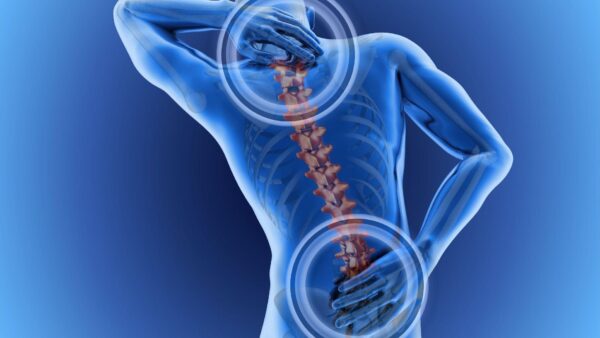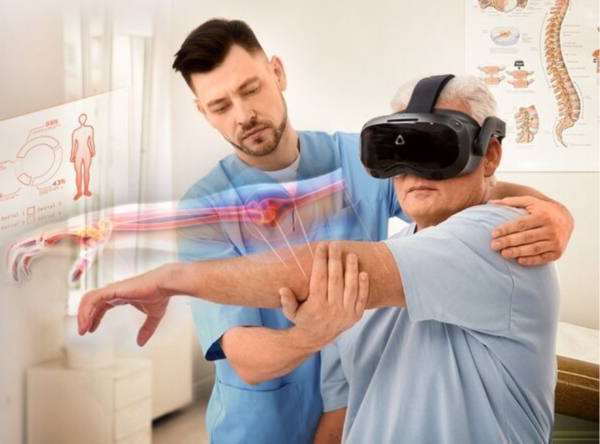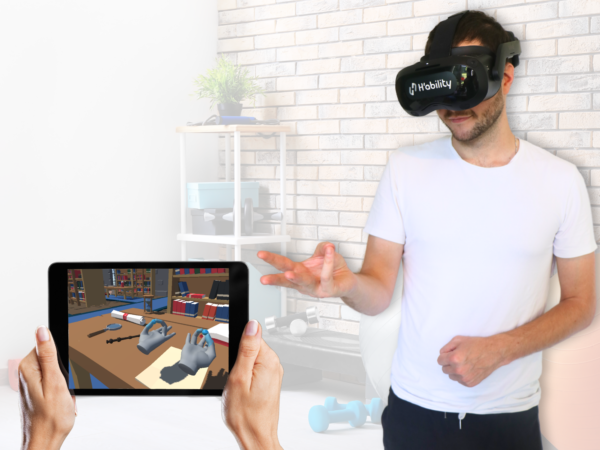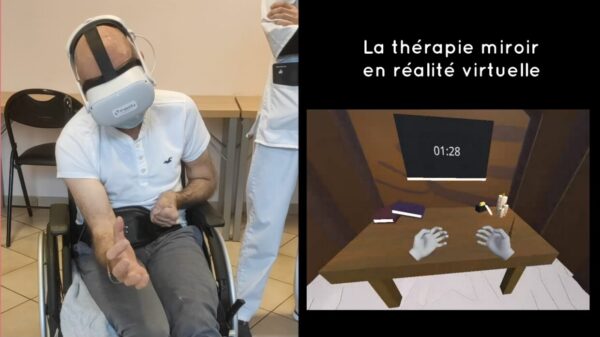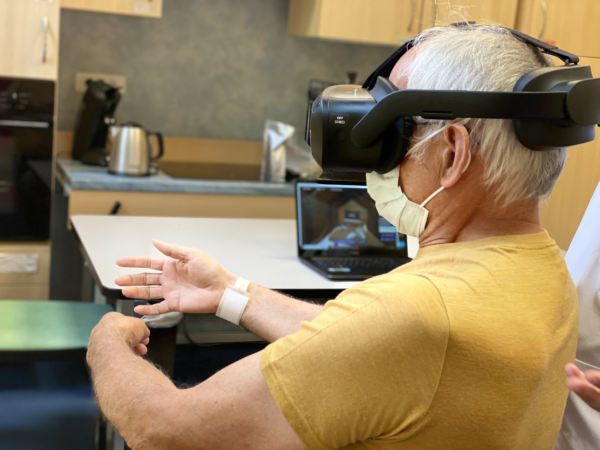La réalité mixte en rééducation des membres inférieurs par Dr Frank Wein
Nowadays, many professionals and companies use the terms virtual, augmented and mixed reality, which shows an impressive evolution in technology. However, these three technologies are more or less recent and are often still misunderstood. They tend to be confused and misinterpreted. How to recognize these three terms in order to differentiate them correctly, and thus better understand how they work? Let's discover how imagination and reality mix in the professional world!



